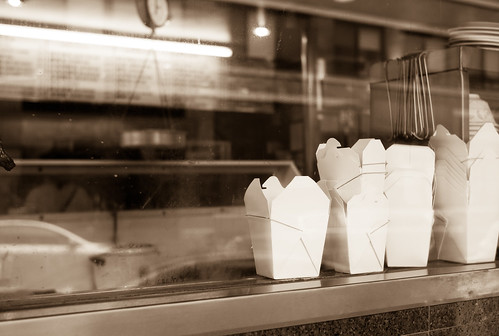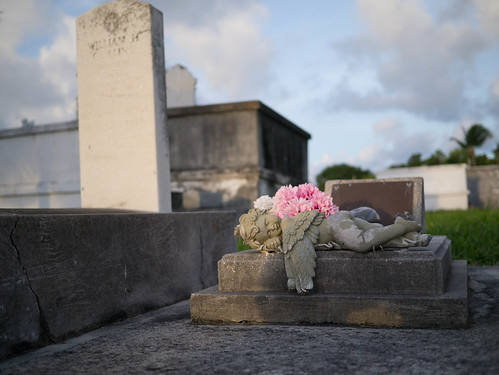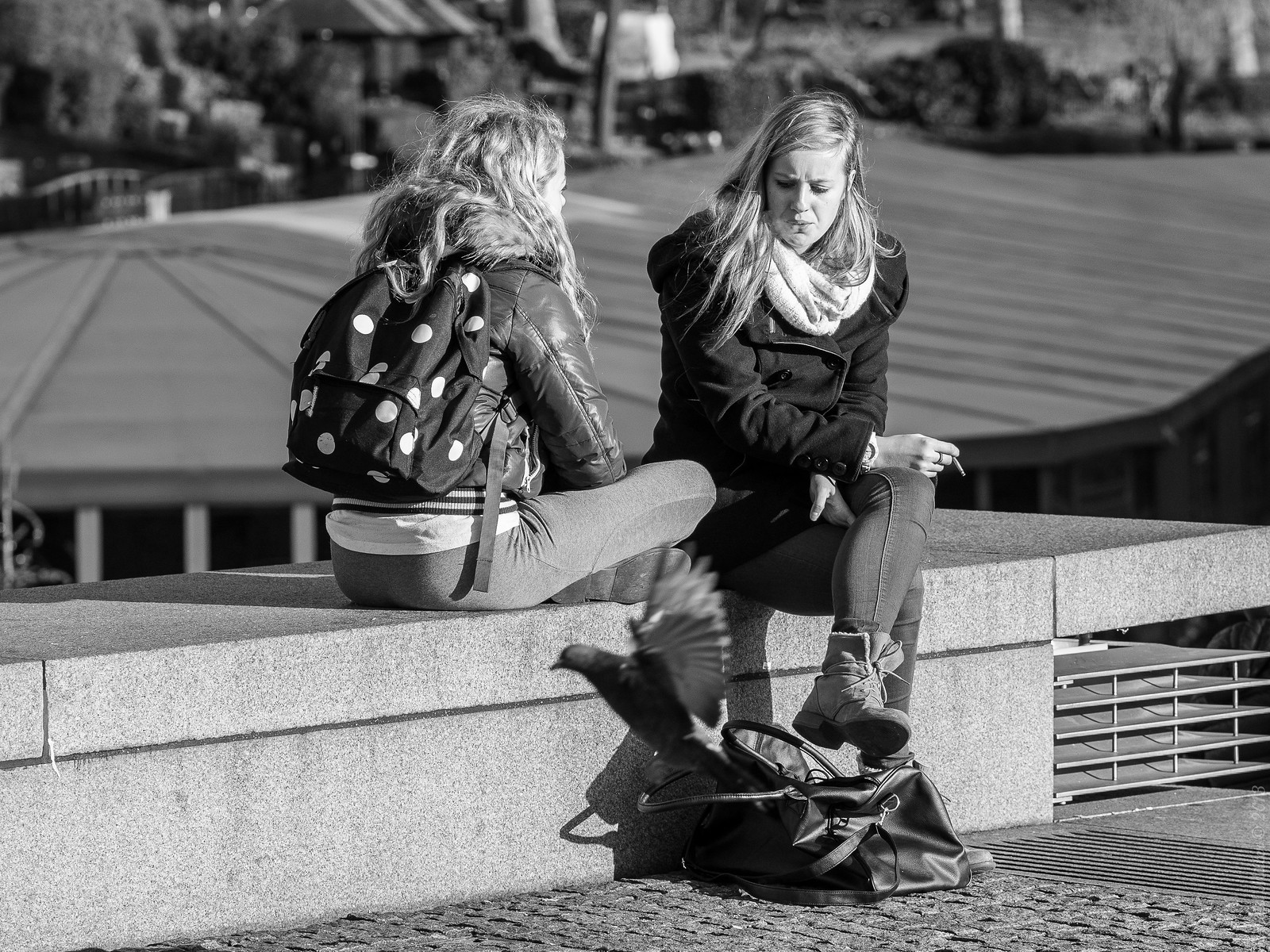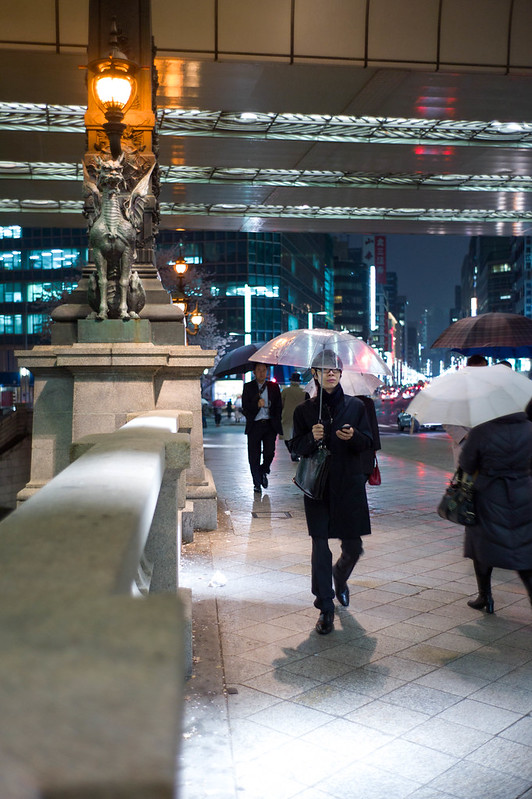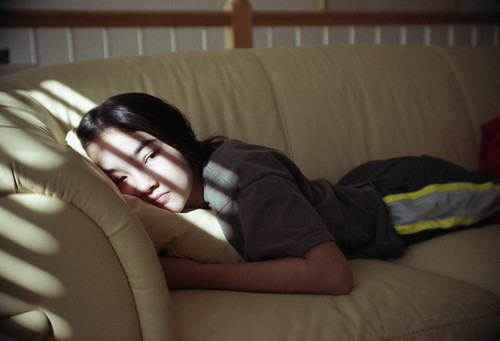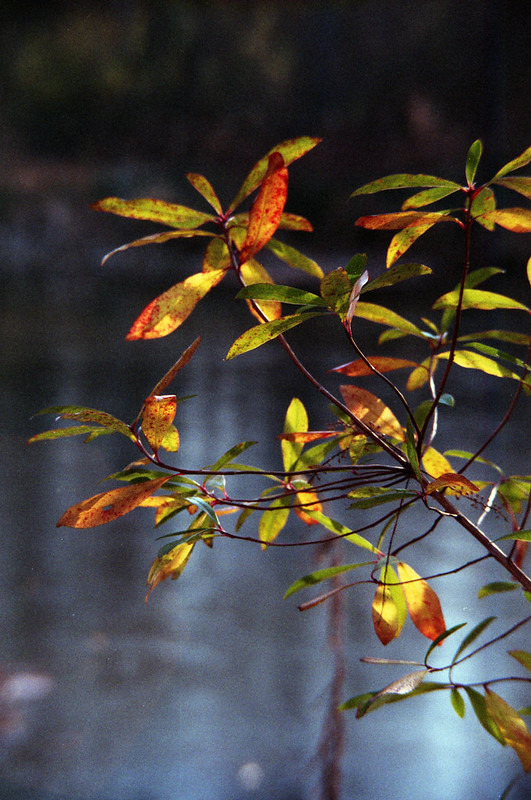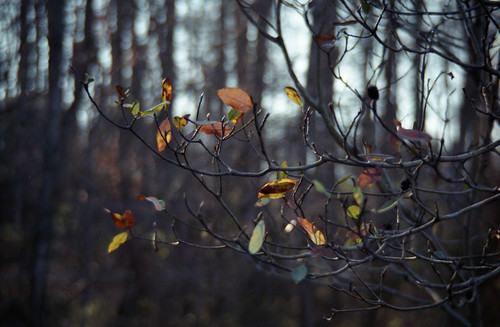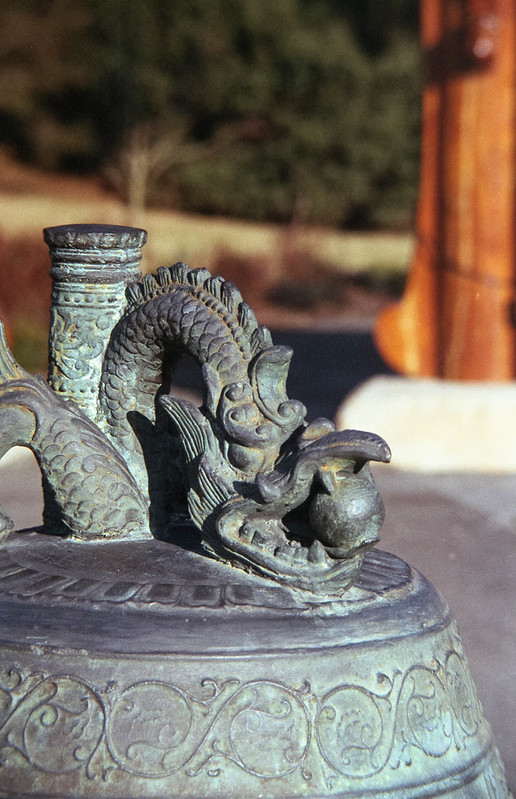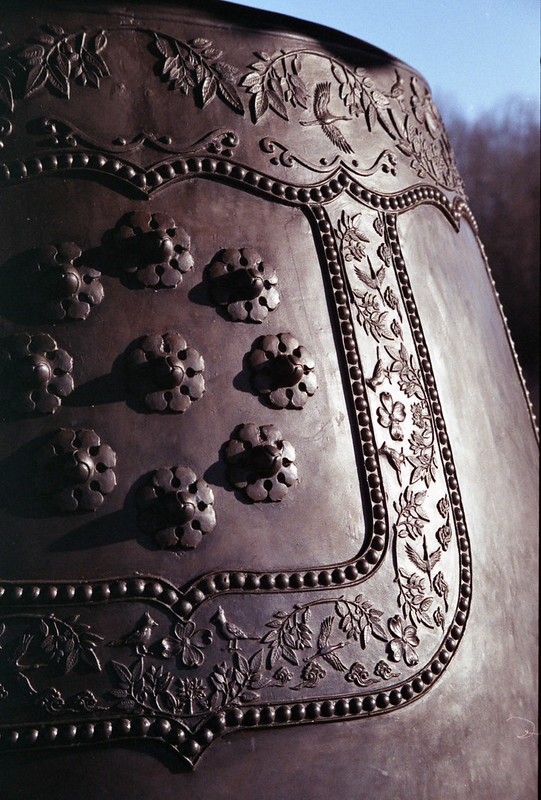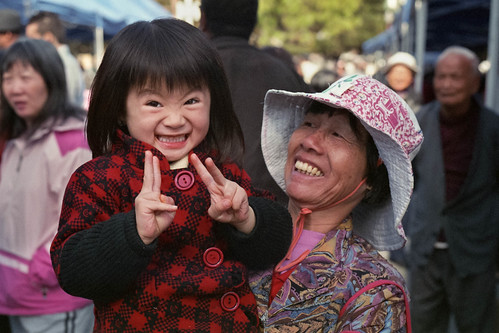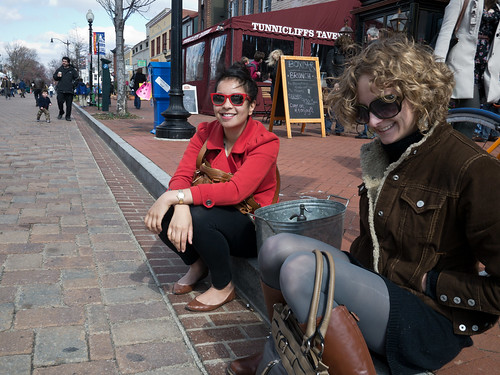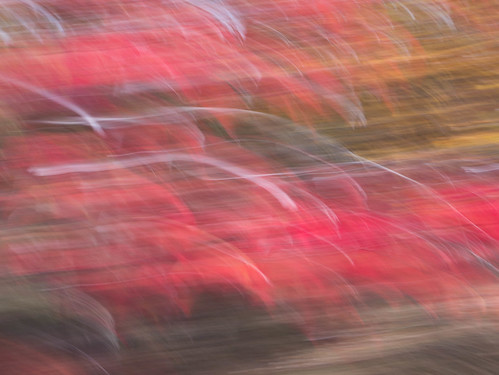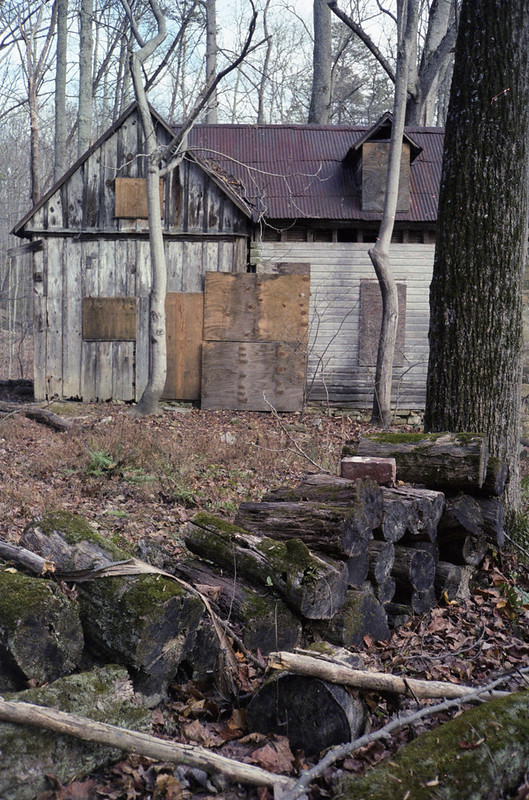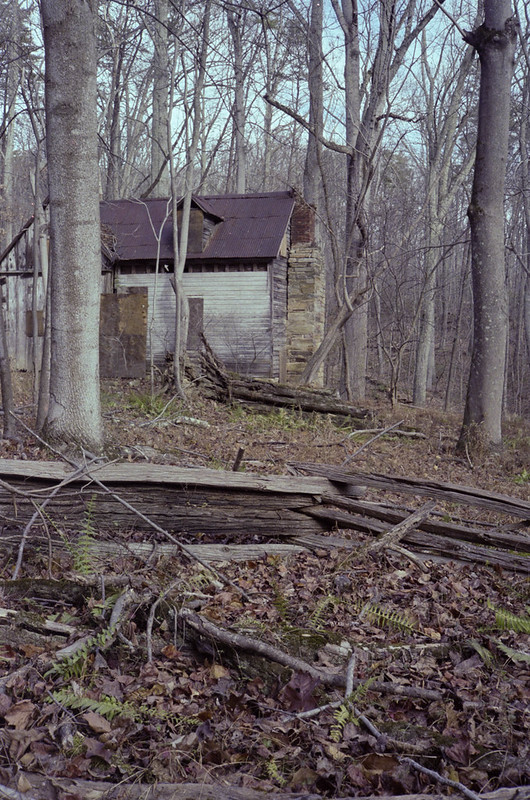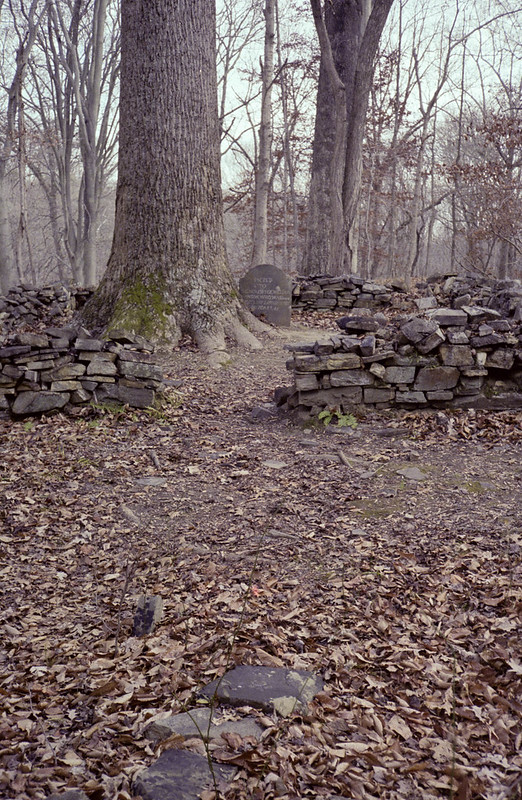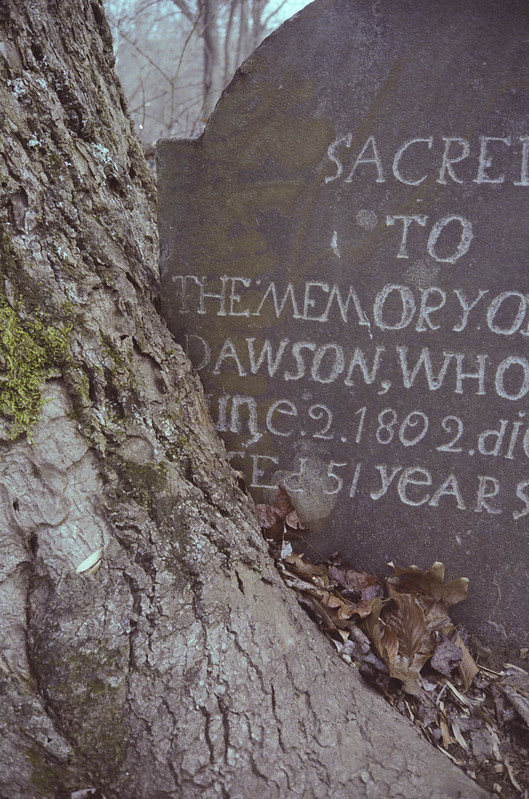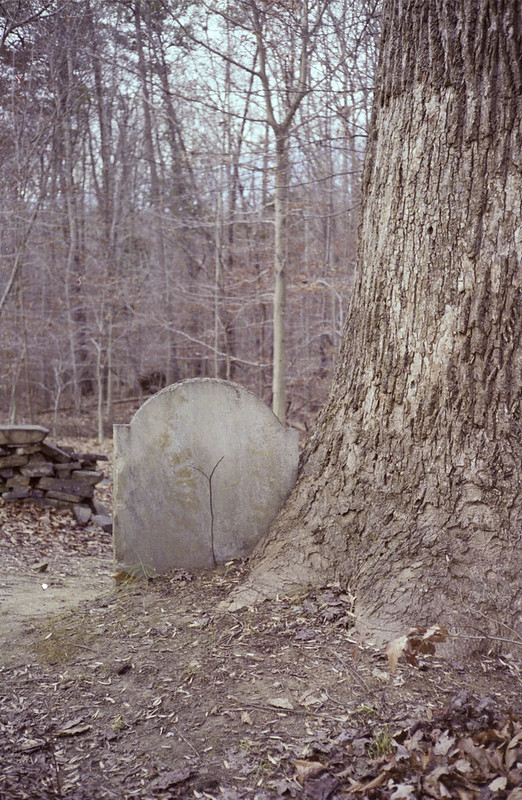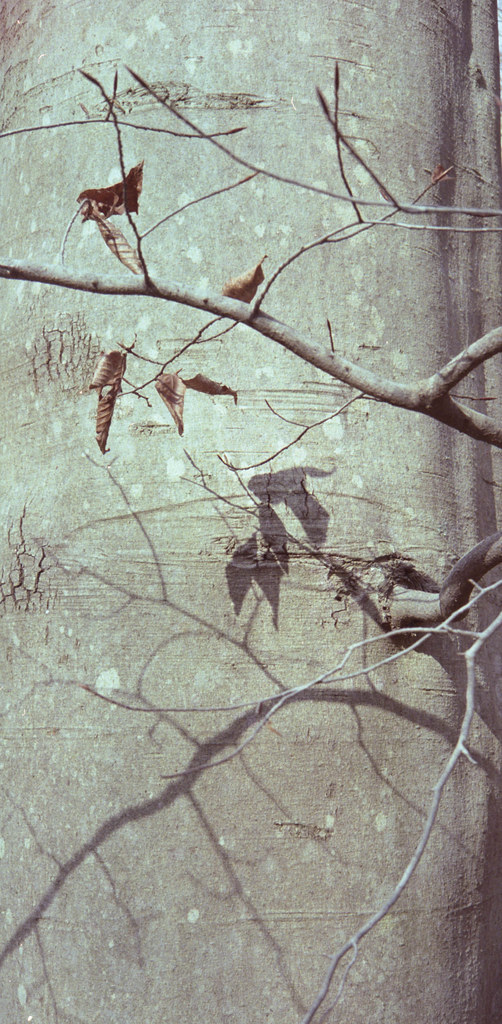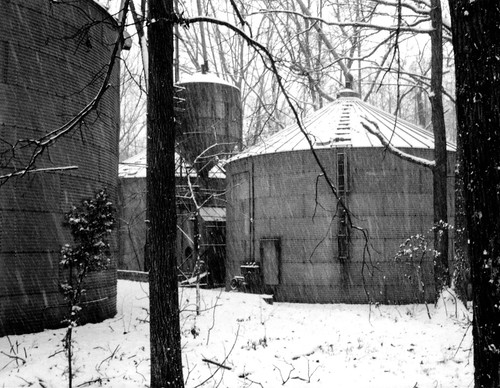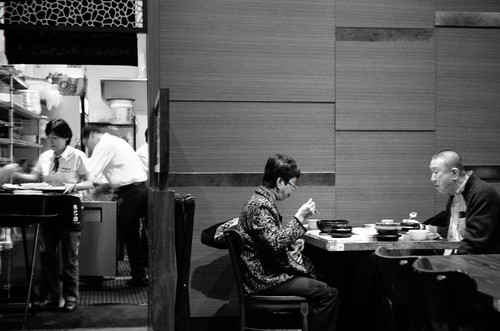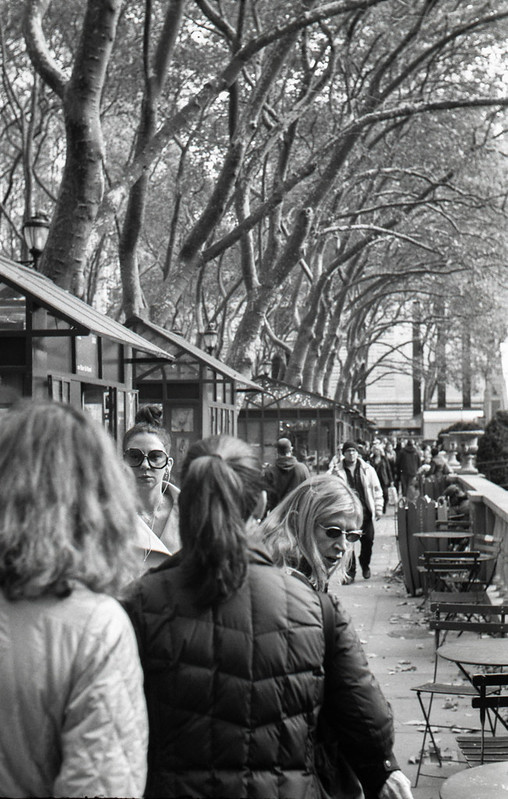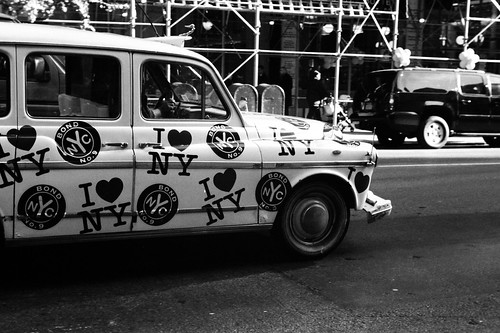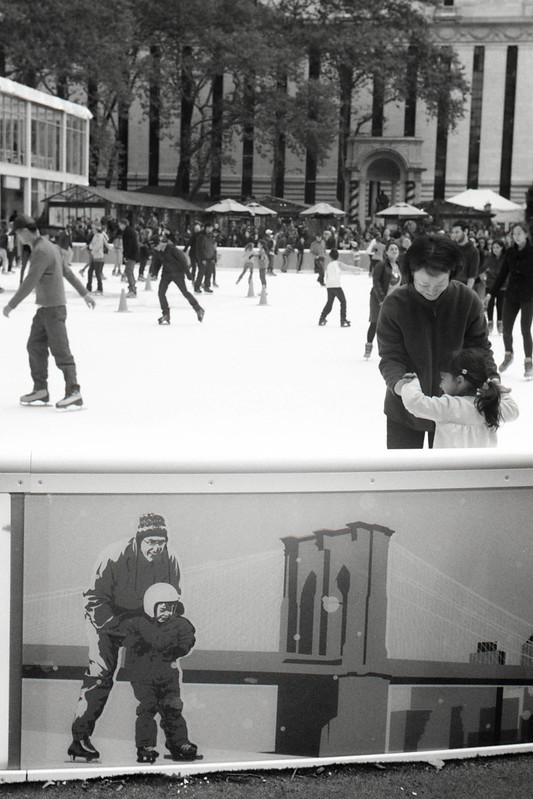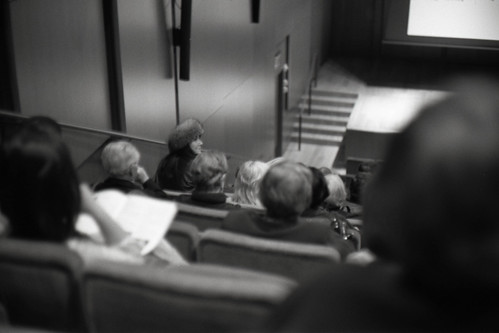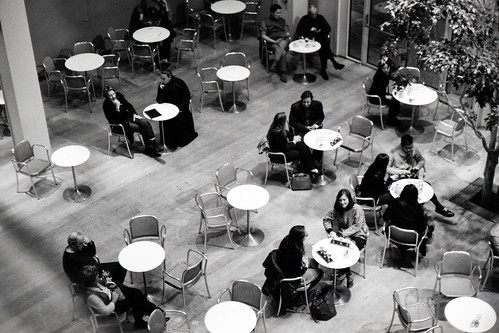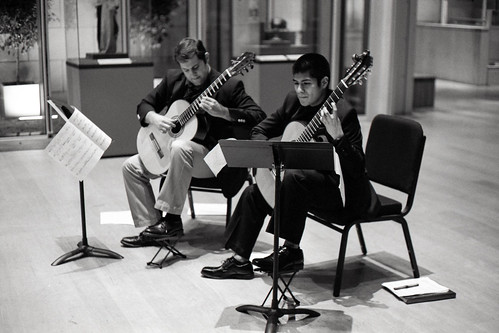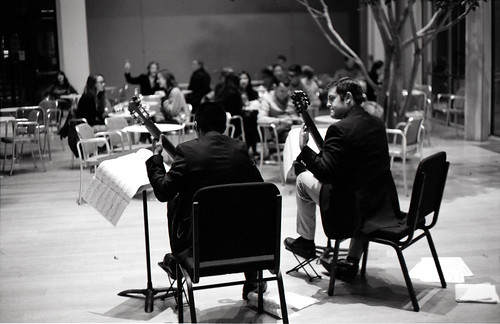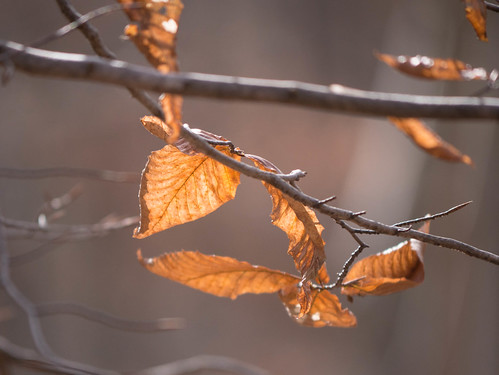Image Source: http://www.elcreations.org/lipsengtan/photoblog/?p=38
This picture, taken by Tan Lip Seng, is an absolute classic. Taken with a Rolleiflex twin lens reflex (TLR) and 35mm Kodachrome film, it won Mr. Tan a silver medal in the 1964 Kodak International Picture Contest.
(Click Here) to read about it on Mr. Tan's website.
I found this lovely shot because I purchased a 35mm film attachment for my Rolleicord tonight. Just $37, in EX condition from my favorite used camera supplier, KEH, the Rolleikin allows your medium format Rollei TLR (Rolleicord with serial numbers over 1139900 or so, and Rolleiflex with numbers over 1100000) to shoot portrait orientation images on 35mm film.
(Click Here) to visit KEH.com
Interestingly, Mr. Tan's shot is landscape in orientation, meaning that he had to turn the TLR sideways, and use the "sports finder," as it's nearly impossible to use the ground glass with the camera in this orientation.
Since in the normal TLR "waist level" position, where you look down into the hood at the ground glass, the 35mm film will be in portrait orientation, this should make a great portrait camera out of the old TLR. The 75mm f3.5 Xenar lens on my Rolleicord should make an excellent portrait lens.
One challenge is that Rollei TLRs have a minimum focus of about three feet, making real closeup portraits, say headshots, a little difficult. No problem there, as I already have the Rolleinar close focus attachment for this camera. Here's a shot made with the Rolleinar, but on 120 (medium format) film.
Christine, Age 8, by Reed A. George
Rolleiflex T, Rolleinar Closeup Lens
So, I am really looking forward to receiving the Rolleikin kit. Shooting 35mm rectangular images won't only transform my Rolleicord into a gorgeous portrait maker, it will significantly reduce the cost per image, as compared to medium format film. I'll let you all know if/how it works out.
Happy New Year!
DMC-365.blogspot.com


